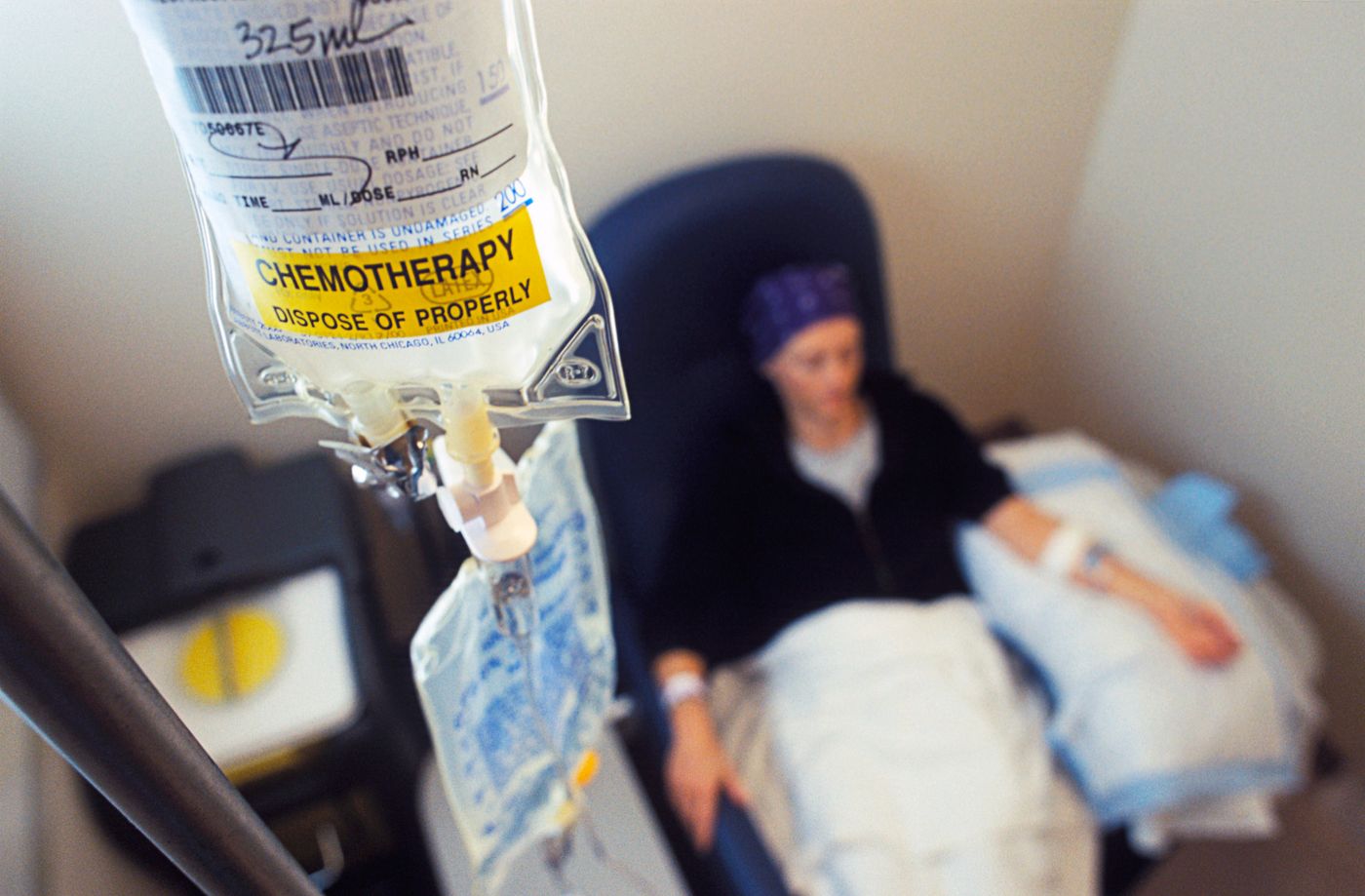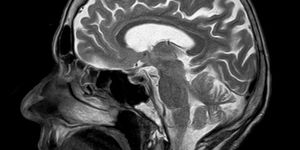Some cancer patients receiving a specific chemotherapy increase their risk for heart disease, a discouraging prognosis for people who just want to concentrate on ridding their bodies of cancer. A new study from the Stanford University Medical Center has the potential to explain this connection, asking the following questions:
- Why are heart muscle cells especially prone to damage from chemotherapy?
- Why are only a select group of cancer patients negatively affected by this type of chemotherapy?
Doxorubicin is the chemotherapy of study in the recent
Nature Medicine publication, and it is commonly used to treat for several different cancer types, including leukemia, breast cancer, and multiple myeloma (
chemocare.com). Stanford scientists hope that the results from the study could lead to developing a system of predicting ahead of time which cancer patients are susceptible to heart damage from receiving doxorubicin, so they could be put on a different, less risky treatment plan.
“We don't want to cure any of these patients of their cancers only to leave them with another life-threatening problem,” said Melinda Telli, MD, co-author of the study.
First, researchers looked at skin cells from 12 women. One-third of the participants were healthy, cancer-free controls, one-third were Stanford University Medical Center-treated breast cancer patients who experienced heart problems related to receiving doxorubicin, and the last third were also treated at Stanford with doxorubicin for breast cancer, but their heart health was not adversely affected.
Previously, scientists had only been able to use animal models of doxorubicin-related heart disease in an effort to understand why the chemotherapy has negative side effects. They would expose cancerous mice to doxorubicin and then remove their hearts for examination. In the present study, researchers extracted skin cells from the panel of participants, made them into induced pluripotent stem cells (iPSCs), and then made the stem cells into heart muscle cells. Then, they could do further experiments with the heart muscle cells from each of the participants in the lab, looking closely at the cellular response to the presence of doxorubicin.
iPSCs are easily manipulated, making them prime subjects for expressing genes and factors important for representing the cells of each participant in the study (
NIH).
Before analyzing their findings, the Stanford scientists knew that about eight percent of cancer patients receiving doxorubicin experience negative side effects specific to their heart health. Heart failure can occur due to the excessive death of heart muscle cells, and in the worst-case scenario, a heart transplant can be required.
They saw the cells from patients who received the doxorubicin chemotherapy as part of their treatment plan responded negatively to the drug on their own. Researchers noted these cells “beating irregularly” as well as an increase in cell death after three days of doxorubicin exposure. This was in comparison to the cells obtained from both the healthy control group and the breast cancer group who did not report heart problems from doxorubicin.
The Stanford researchers believe they have an answer for why heart muscle cells are the only healthy cells affected by doxorubicin. Heart muscle cells have more mitochondria than any other body cells because of their incredible need for energy. Mitochondria, the organelles famously known as the “powerhouse of the cell,” provide this energy but also pollute the cell with harmful reactive oxygen species, which can harm the cell’s genetic material and cell membranes.
After testing this theory, the scientists saw the doxorubicin-sensitive cells experiencing higher levels of both DNA damage and reactive oxygen species in the presence of doxorubicin. Because doxorubicin seems to trigger this sort of damage and pollution, heart muscle cells are more likely than other cell types to trigger apoptosis due to damage to the mitochondrial membrane.
However, that is not all. The researchers also investigated why specific patients’ heart muscle cells were especially prone to mitochondrial damage, and they believe the vulnerability comes from a genetic mutation making certain populations of heart muscle cells “fundamentally different” than others. Scientists are now conducting genome-wide association studies to determine the specific mutation, which could be useful in screening cancer patients while oncologists decide chemotherapy plans and regimens.
Source:
Stanford University Medical Center










